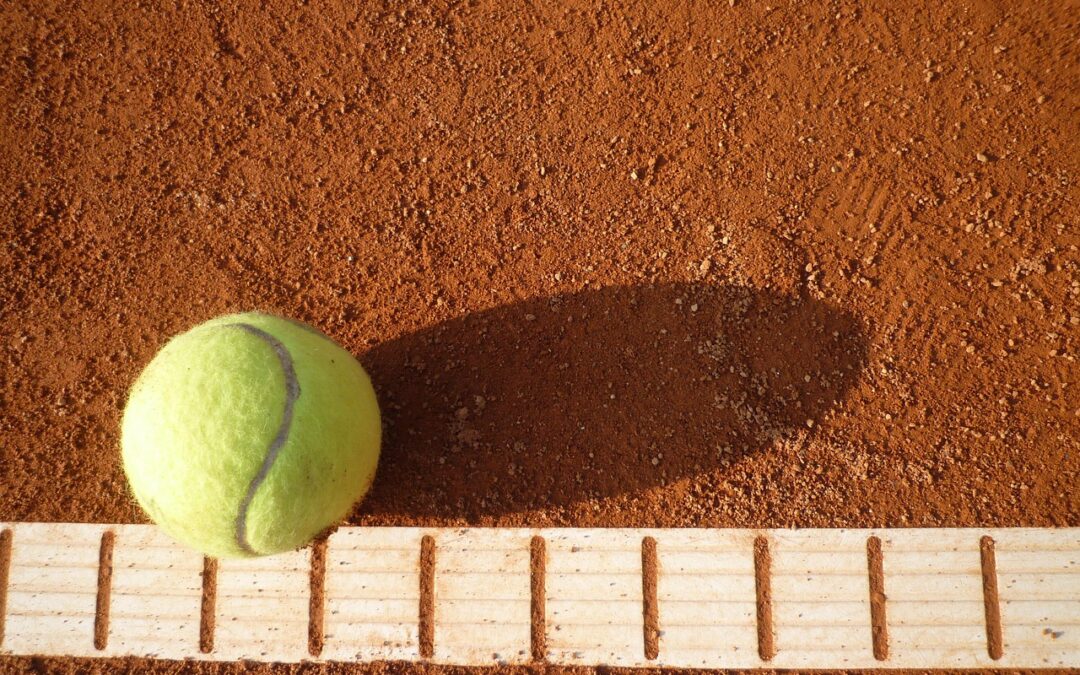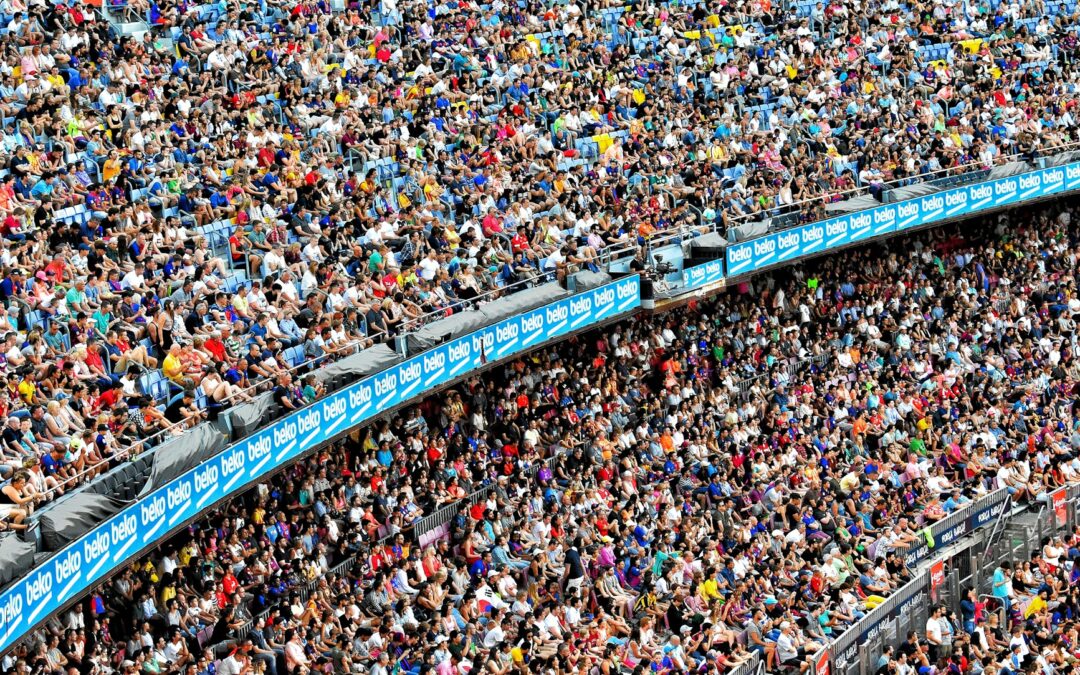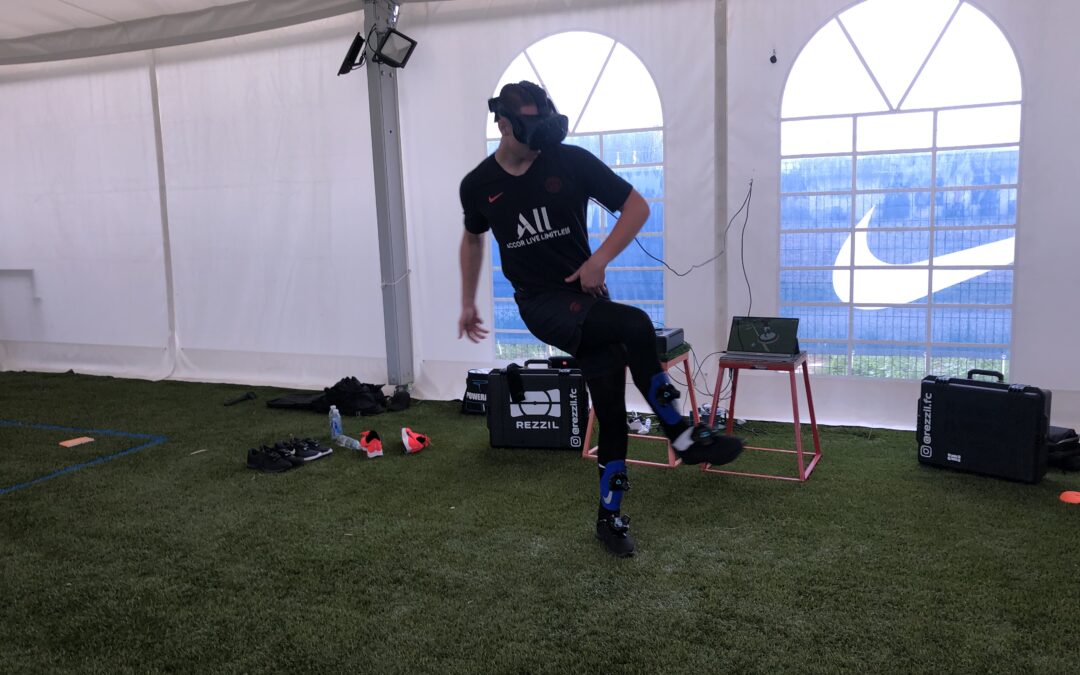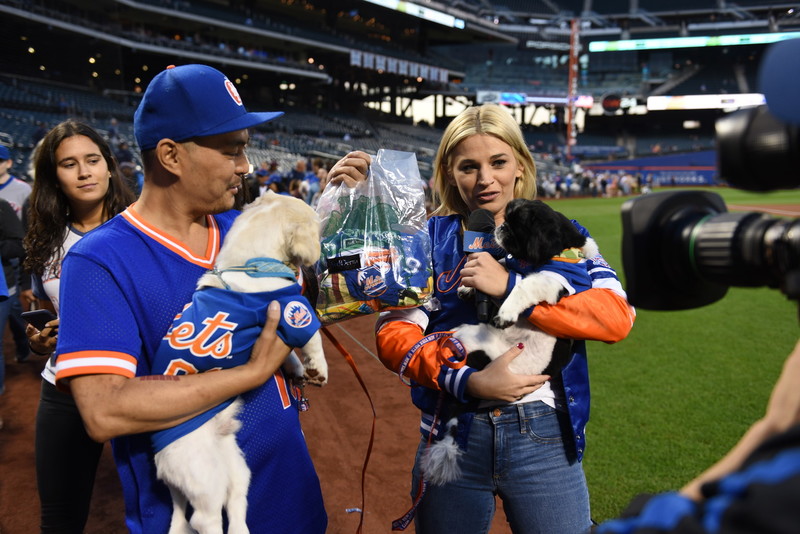Before tennis stars step onto the courts at Wimbledon, months of work go into sowing the seeds of that success. This is how the Championships’ iconic courts are made.
One of Wimbledon’s defining features, other than its friendly military stewards and of course, the strawberries and cream, is its iconic grass courts. It is the only Grand Slam that is still played on grass, adding to its identity as a quintessential feature of British summertime.
For the experts responsible for the courts, though, they are not just a feature of that fortnight – they are a year-round project, and a constant source of research, improvement, and innovation, all with the aim of allowing playing perfection.


“Performance is everything,” says Simon Hutton, managing director of Fineturf, who construct courts at Wimbledon’s main site as well as their Roehampton and Raynes Park locations. “Everything’s tailored to the performance leading up and for the championships.”
Fineturf’s role in Wimbledon is getting involved when there are new courts to build or renovations needed – which needs planning long in advance. Hutton explains that the company would generally start building a practice court immediately after the Wimbledon Championships, giving it 11 months to grow ready for play. Some championship courts are even left for two seasons.
The process is far more than your average gardening. After a carefully laid gravel carpet, drainage, and irrigation systems are in place, clay loam is layered onto the court. This material is crucial.
“The bounce performance and all those characteristics that you see on the television have all come from years and years of trial and testing to get that growing medium correct,” Hutton explains.
That loam is installed in layers and is heavily compacted to be almost as hard as concrete. It is then laser levelled with technology Fineturf have developed specifically for tennis and cricket squares and bowling greens, ruling out any quirky bounces during a match point!




“The loam is levelled, the ground is prepared and then we sow the seed,” Hutton says.
“A lot of people think that tennis courts are turfed, but in modern times everything’s seeded with a specific seed that’s bred for tennis.
“That seed will then germinate and be grown in to produce the fabulous surfaces that people see.”
The process and materials used have been refined over the years to create the best of the best playing surfaces, and development is still continuing. Fineturf are currently working on a ‘pop-up’ or hybrid court in conjunction with the Lawn Tennis Association and AELTC. This involves turf grown on tennis loam that could be laid onto a court and played within a week, or eventually almost immediately.
“We’re always tweaking, always learning, and I think that’s why we’re seeing standards continually improving,” Hutton says.
Once the court is seeded, it’s in the hands of the in-house grounds team who take care of growing, mowing, fertilising, water management, and chemical inputs. Hutton describes it as a “very, very intense maintenance programme” that runs all the way from the autumn through to the Championships (usually starting in June).
After the handover, Fineturf stay in constant touch with the grounds team to make sure everything is running smoothly. Details like moisture management, which could impact the bounce, all have to be managed.
“Everything has to be controlled to the finest detail, and that is literally a 12-month cycle, and then the last day of the champs after the finals, it starts again.
“The Wimbledon grounds team are working tirelessly from basically the week after the last championship to achieve this championship.”
So how important are the grass courts in Hutton’s eyes?
“I think it’s everything, isn’t it? The players are important, of course, but it doesn’t matter really what the roads are like, the footpaths or the hedges.
“The courts, they’re in everybody’s eye. They have to be safe, they have to be consistent, they have to be up to the players’ standard.
“They’re so iconic. It’s British summertime, it’s Wimbledon, it’s the Championships, it’s very traditional.
“It’s great to be a part of.”
Sidelines Recommends

A new era at Wimbledon: line judges are out
Wimbledon is back soon, but what will it be like without human line judges?

“Without us, they couldn’t function”: How interpreters make sport tick
From driving lessons to courtrooms to press conferences, this is how interpreters make sport tick – this time in their own words. It’s an old cliche that sport is a universal language – but that would fall pretty flat without interpreters. Competitions cross borders,…

The virtual advantage: how VR is revolutionising sports training
How is virtual reality influencing the way athletes train and level up their game? Sidelines dives into the future of sports training.




